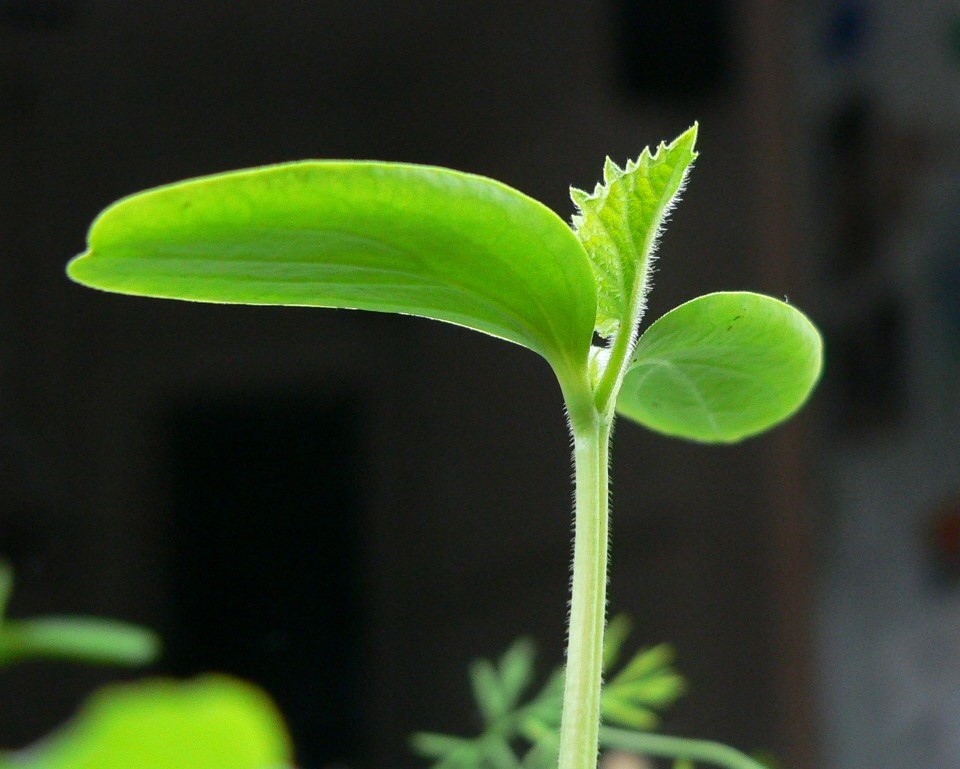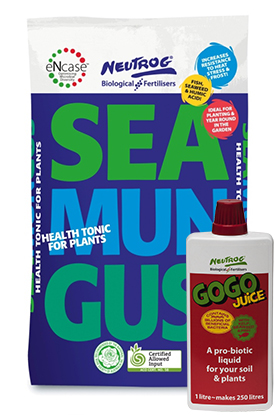
In this article, Neutrog’s Microbiologist and R&D Manager, Dr. Uwe Stroeher delves into the science of plant hormones.
Just like animals, plants are dependent on a set of hormones to regulate how they grow. How does a plant know where to grow roots? Why do plants grow at the tips, and where along a shoot do leaves emerge? All of these processes are regulated by hormones.
Plants growth is essentially regulated by five major hormones that the plants themselves produce, but surprisingly, three are also produced by microbes. Even the way fruit ripens is controlled by a hormone known as ethylene, which is the only know gaseous hormone.
So how do these hormones influence plants?
It’s the relative concentration and balance of these hormones that determines the growth of a plant. For root development, plants need a certain level of a hormone known as auxin, and a lower level of a hormone known as cytokinin, which causes plants to produce shoots. Auxin or indole-3 acetic acid is what is contained in the hormone rooting powders or gels that people use for propagation. Shoot development requires less auxins and more cytokinin. Another hormone know as gibberellin determines how large the distance is between nodes where leaves emerge. Gibberellin is produced by fungi and is being used to lengthen the nodes in sugar cane in order to store more sucrose.
Therefore, if you have bacteria in your soil that produce auxins for example, then you get much better root development, and if you have bacteria that produce cytokinin, you get better shoot growth. Ideally you want some of each, and nature has a great way of balancing these things out. These types of bacteria are known as plant growth-promoting bacteria. A lot of research is being done around the world as well as at Neutrog to identify and isolate these types of bacteria.
So from a home gardener’s perspective, how can we make use of this?


It gets back to this idea that if you increase the diversity and number of microbes in your soil, then your chances of having some of these growth-promoting bacteria increases. So the use of composts and organic fertilisers (especially products like Seamungus which contain seaweed) are an ideal way to get your soil microbiology moving.
Interestingly, some of the potential benefits seen with seaweed may be due to the fact that it contains a number of plant growth hormones. Seaweed also contains an amino acid known as tryptophan, which bacteria use to make auxin. If you prefer to use a liquid, then GOGO Juice (which also contains significant amounts of kelp) is a great option, plus it also contains that diversity of bacteria and fungi.
So there is a role that soil microbes play in the production of plant growth hormones, and the best way to ensure some of these end up in your soil is by applying Seamungus or GOGO Juice.
To receive our recommended Year-Round Fertilising Programmes delivered to your inbox as well as keeping up to date with Neutrog’s community news, inspirational stories from home gardeners and new product developments, join the Pooh Bah Club and we’ll email you our monthly newsletter. It’s free to join and you can unsubscribe at any time. We promise not to bombard you with emails!

